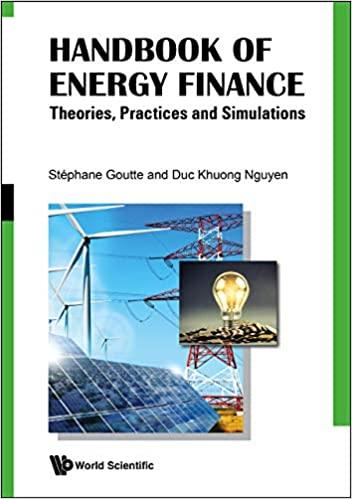
Problem 26-01 Investment Timing Option: Decision-Tree Analysis Kim Hotels is interested in developing a new hotel in Seoul. The company estimates that the hotel would require an initial investment of $15 million. Kim expects the hotel will produce positive cash flows of $2.55 million a year at the end of each of the next 20 years. The project's cost of capital is 14%. a. What is the project's net present value? A negative value should be entered with a negative sign. Enter your answer in millions. For example, an answer of $1.2 million should be entered as 1.2, not 1,200,000. Round your answer to two decimal places. million $ b. Kim expects the cash flows to be $2.55 million a year, but it recognizes that the cash flows could actually be much higher or lower, depending on whether the Korean government imposes a large hotel tax. One year from now, Kim will know whether the tax will be imposed. There is a 50% chance that the tax will be imposed, in which case the yearly cash flows will be only $1.5 million. At the same time, there is a 50% chance that the tax will not be imposed, in which case the yearly cash flows will be $3.6 million. Kim is deciding whether to proceed with the hotel today or to wait a year to find out whether the tax will be imposed. If Kim waits a year, the initial investment will remain at $15 million. Assume that all cash flows are discounted at 14%. Use decision-tree analysis to determine whether Kim should proceed with the project today or wait a year before deciding. It makes sense to proceed with the project today. Problem 26-01 Investment Timing Option: Decision-Tree Analysis Kim Hotels is interested in developing a new hotel in Seoul. The company estimates that the hotel would require an initial investment of $15 million. Kim expects the hotel will produce positive cash flows of $2.55 million a year at the end of each of the next 20 years. The project's cost of capital is 14%. a. What is the project's net present value? A negative value should be entered with a negative sign. Enter your answer in millions. For example, an answer of $1.2 million should be entered as 1.2, not 1,200,000. Round your answer to two decimal places. million $ b. Kim expects the cash flows to be $2.55 million a year, but it recognizes that the cash flows could actually be much higher or lower, depending on whether the Korean government imposes a large hotel tax. One year from now, Kim will know whether the tax will be imposed. There is a 50% chance that the tax will be imposed, in which case the yearly cash flows will be only $1.5 million. At the same time, there is a 50% chance that the tax will not be imposed, in which case the yearly cash flows will be $3.6 million. Kim is deciding whether to proceed with the hotel today or to wait a year to find out whether the tax will be imposed. If Kim waits a year, the initial investment will remain at $15 million. Assume that all cash flows are discounted at 14%. Use decision-tree analysis to determine whether Kim should proceed with the project today or wait a year before deciding. It makes sense to proceed with the project today







